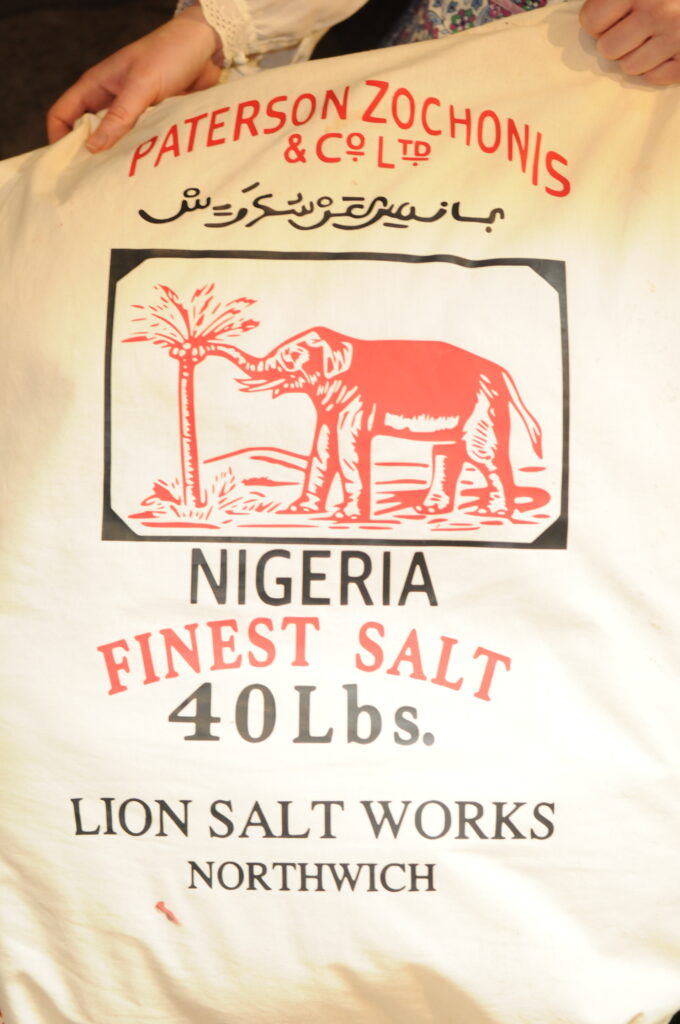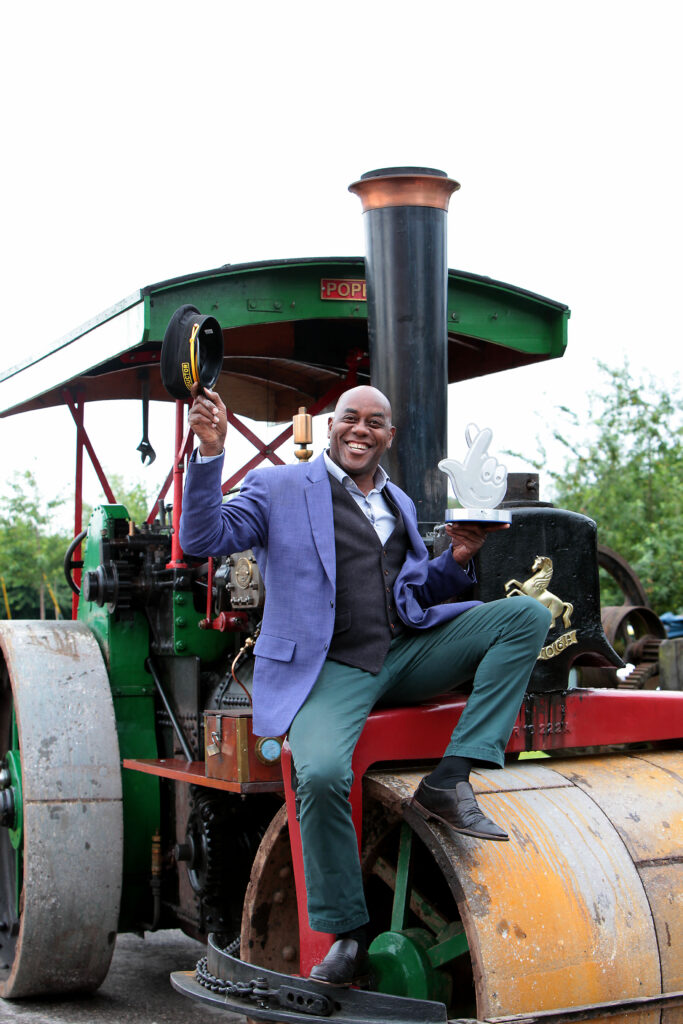THE LION SALT WORKS – A TIMELINE

The timeline of the Lion Salt Works and the Thompson family who established the works is set against an turbulent period in Cheshire’s two thousand year salt-making history. From the late 19th century, the hugely influential Salt Union was a key player in the exploitation of the county’s largest natural resource. It is a story with many highs and lows as Cheshire salt industry fought to compete with newcomers to the world salt trade.
Cheshire salt was the reason that one of the largest British chemical companies of the late 19th century – Brunner Mond – set up in Cheshire and why Northwich became known as the ‘salt capital of the world’. It also explains why, to this day, the county still boasts a large and thriving chemical industry.
The timeline also encompasses the rise of visionary people who recognised the historical significance of the Lion Salt Works site and work that has gone into preserving the site and the history and traditions of the salt-making industry for future generations.
__________________________________________________________________________________________________
1856
The Thompson Family creates the Alliance Salt Works at Marston, near Northwich in Cheshire
1873
Businessman John Brunner and German chemist, Thomas Mond found Brunner Mond & Company in Winnington, near Northwich. It goes on to become Britain’s most successful chemical company.
Mid 19th Century
Saltworks owner Thomas Ward and John Brunner set up a salt museum to explain Northwich’s status as the ‘Salt Capital of the world’.
1887
The Salt Museum is donated to the town.
1888
The Salt Union is established to rationalise the industry and to move away from the small and inefficient producers who had previously dominated.
1894
The Thompson Family, having sold the Alliance Works to the Union, controversially establish the new Lion Salt Works on an adjacent site. Its name comes from the Red Lion pub on the edge of the site.
1909
The Salt Museum moves to the Brunner Library in Witton Street.
1974
Vale Royal Borough Council (VRBC) is established. It starts the early process of what becomes the eventual conservation of the Works by designating the Marston Conservation Area and lobbying for the buildings to be protected by listing and scheduling as an ancient monument. The Council also helps the Thompson Family improve the site and encourage visitors.
1986
Due to the decline of the Nigerian salt trade (due to the Nigerian-Biafran Civil Wars) the Lion Salt Works closes for the last time. In its heyday, there were once hundreds of open-pan, salt-making sites in Cheshire and the Works’ closure brings to an end an unbroken tradition of open-pan, salt-making. The site is purchased by the Council

1989
VRBC appoints Andrew Fielding as Project Officer. His previous appointment had been with the Mary Rose Trust in Portsmouth.
1993
Vale Royal Borough Council establishes the Lion Salt Works Trust. The first Chairman is Richard Hamlett, and other founding trustees include Lady Mary Rochester (who was much involved with the Salt Museum) and Dr Sandy Todd of the Worshipful Company of Salters.
1996 – 2000
Volunteer effort and fund raising involving the Trust, led to grants from Brunner Mond, British Salt, Atlas Copco, Worshipful Company of Salters, Salt Block Sponsorship Scheme, Carnegie U.K. Trust , Vale Royal Borough Council, North-West Water Landcare Scheme, Manchester Airport Community Trust Fund and Aquilla Energy. During this period, a huge amount of professional and corporate effort was put in by Vale Royal Borough Council, including a succession of highly committed councillors and officers from many different departments.
2000
Appointment of leading restoration architects, Donald Insall Associates as architects for the project
2000 – 2005
Fund raising involving the Trust led to grants from Esmee Fairbairn; English Heritage; British Salt; DEFRA; Cheshire Rural Recovery Fund; Heritage Lottery and the North-West Development Agency
2001
The Trust signs the ‘Declaration of Duisburg’ and becomes a founding member of the European Route of Industrial Heritage. This is a network of the most important industrial heritage sites in Europe.
2003
Vale Royal Borough Council leases the site to the Lion Salt Works Trust, subject to a service level agreement requiring it to seek a lottery grant for the restoration of the site.
2007
Heritage Lottery Fund announces approval for a grant of £4,960,000 subject to match funding being obtained.
2007 – 2008
The offer by the Heritage Lottery Fund triggers the many hugely generous match-funding offers which enabled the restoration to proceed. Offers of match-funding include: Vale Royal Borough Council grant of £750,000 + £50,000 per annum for 5 years; Cheshire County Council Business Support Grant, £100,000; Brunner Mond £15,000; Zochonis Charitable Trust, £5,000; INTERREG European Funding £300,000 and North West Development Agency £500,000
2008
Heritage Lottery Fund issues its final approval, and a Board is established to manage the restoration project.
2009
A reorganisation of local government sees Vale Royal Borough Council replaced by Cheshire West and Chester Council. The Trust agrees to relinquish its lease of the site to simplify the restoration process.
2015
The Lion Salt Works re-opens to the public. Since opening the Museum has won nine prestigious awards, including in 2016 beating 600 other sites to win ‘Heritage Project 2016’, National Lottery Awards. This was won after a national vote.
2015 – now
The Trust continues to be an active partner with the Council. It obtained a grant and organised the restoration of the salt wagon. It gives talks, carries out occasional small scale salt making demonstrations, and is currently working on a project to establish a permanent salt making demonstration in part of the original Smithy building.

____________________________________________________________________________________________________